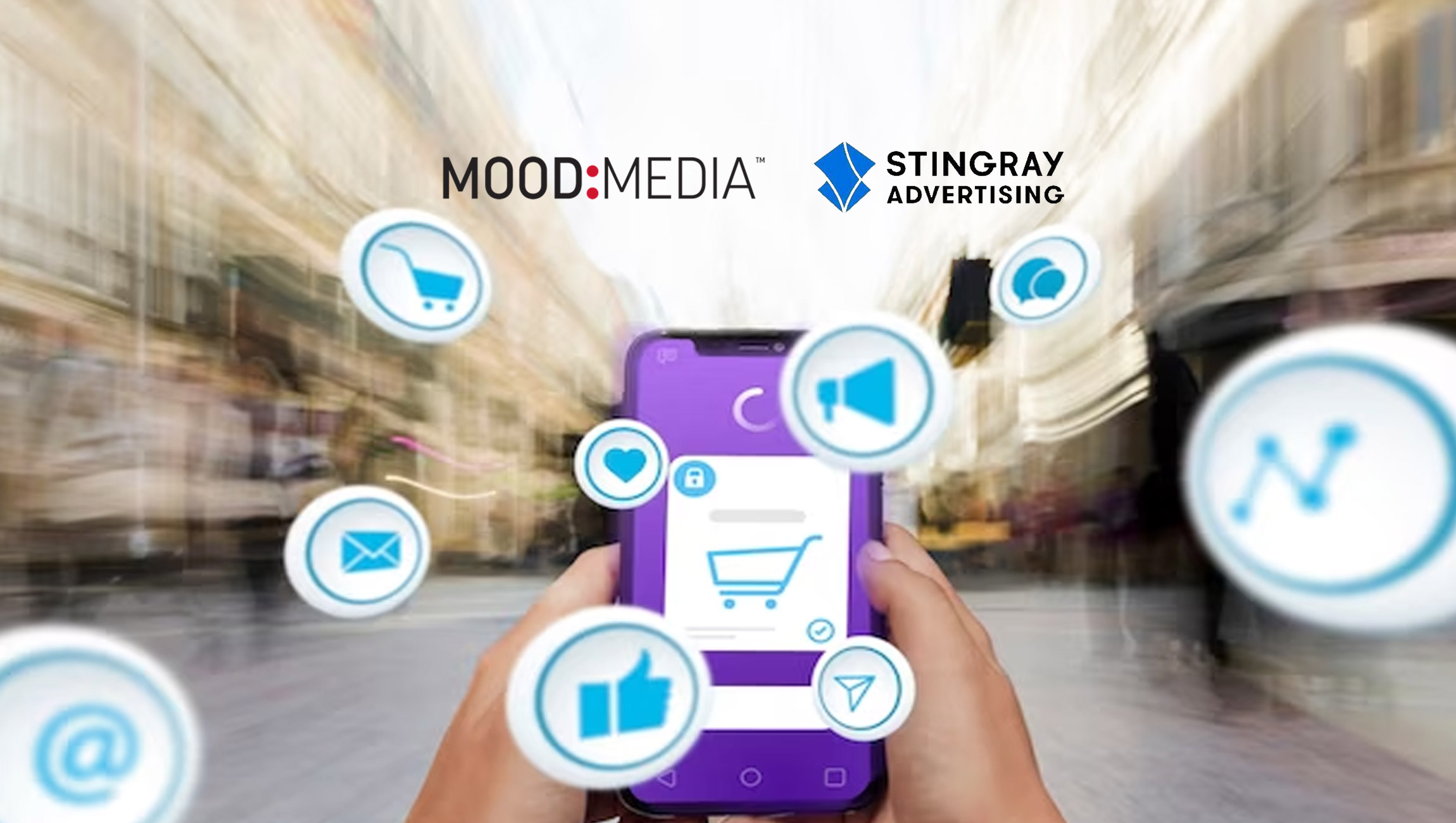From fake Twitter accounts to false reports about the war in Ukraine, the misinformation age, which has shaken the media landscape since 2016, continues in 2023. In the last year alone, an estimated $2.6 billion in ad revenue was sent to sites supporting propaganda, election misinformation, false health claims, and more. Meanwhile, ad fraud is predicted to grow from $81 billion last year to $100 billion in 2023.
The problem is that more aggressive blanket blocking tactics can have the opposite effect, with upwards of 30% of a news publisher’s site content being misclassified and demonetized as a result. Third-party verification firms have stepped up to provide a range of services, from content analysis to quality and visibility of ad impressions in real-time but despite these efforts, the misinformation industry is booming.
Marketing Technology News: MarTech Interview with Dan Wood, Chief Marketing Officer at Jugo
The case for news publishers
News publishers often find themselves on the wrong side of content verification tools. This is despite the fact that a range of studies have highlighted the benefits of advertising on premium publisher websites.
Ads placed in trusted, premium environments have been shown to boost brand lift by 67%, have a 19% greater impact on memory, while also leading to increased desktop dwell times and improving mobile interactions by nearly 40%. Nearly half of respondents to another survey stated that trust in content increased the trust in ads by proxy. Furthermore, ads on premium quality websites were perceived as 74% more likable and demonstrated higher engagement than low-quality digital environments.
In addition to providing trusted brand credentials, reliable news publishers have an in-depth understanding of their audience. These insights allow them to accurately match advertiser and consumer needs, as well as align content to specific ad formats, such as through the use of seller-defined audiences (SDAs), which leverage publishers’ knowledge of their user base.
Brand safety vs. brand suitability
The scope, volume, and nature of content online require a more nuanced approach to brand safety and content verification. Legacy protection often ends up pitting brand safety against scale, blocking news and entertainment sites, or entire publishers using trigger terms like ‘violence’, regardless of context. Such rudimentary keyword blocking does not leave much space for nuance, often negatively impacting progressive and minority media.
Brand suitability goes the extra mile to ensure that content aligns with brand values. This is increasingly important at a time when consumers are more likely to buy from brands whose values align with their own. This more nuanced method of ensuring ads are aligned with brand values — which can include reporting on important news-related topics — ensures brands continue to support quality journalism and do not miss out on valuable opportunities with well-aligned partners.
Targeting in the misinformation age
Considering the value of advertising with news publishers, a granular and contextual approach to categorization is best. Instead of targeting at the domain level, which risks excluding top-tier digital environments, granular contextualization considers other signals, such as page sentiment and ad placement. This ensures that no opportunities are missed, as they might be with blunt keyword categorization.
Since the resurgence of contextual marketing as a privacy-safe targeting method, the data scraping of content verification tools still classifies and categorizes data following outdated, and sometimes conflicting, content taxonomies. Using the IAB taxonomy as a single category registry is crucial to achieving the same understanding of content on both the publisher and advertiser sides. This comes with an additional layer of brand safety and suitability measures, as the IAB taxonomy has separate “sensitive” categories to flag potentially delicate topics.
Clashing verification strategies on both the buy-and-sell sides can also impact publisher inventory, with different categorizations and brand safety ratings causing potential dataset mismatches and reducing each. The use of SDAs limits this, successfully communicating first-party attributes without revealing user identities, while simultaneously responding to consumer demands for personalization.
The fast-paced world of online news can prove challenging for legacy brand safety tools. While traditional keyword blocking often restricts inventory and revenue by proxy, a more granular and contextual method can unlock inventory and increase the reach and relevance of ads. By focusing on brand suitability, adopting more nuanced targeting tools, and advertising with premium publishers, brands can drive campaign performance by placing ads next to pertinent content, without putting brand safety or suitability at risk.
Marketing Technology News: Revolutionize Revenue Growth: Unleashing the Power of Account-Based Marketing
Missed The Latest Episode of The SalesStar Podcast? Have a quick listen here!
Episode 175: Go-to Market and Marketing Best Practices with Bryan Law, CMO at Zoominfo
Episode 174: B2B Customer Engagement with Mike Molinet, Co-Founder, Thena
Episode 173: B2B Revenue Generation Hacks with Justin Schweisberger, Chief Revenue Officer at Pramata
BONUS READ:
GTM Fundamentals for 2023 with MarTechSeries and Demandbase; Chris Moody, Head of GTM Strategy and Thought Leadership at Demandbase shares proven tips and best practices. Download now!












